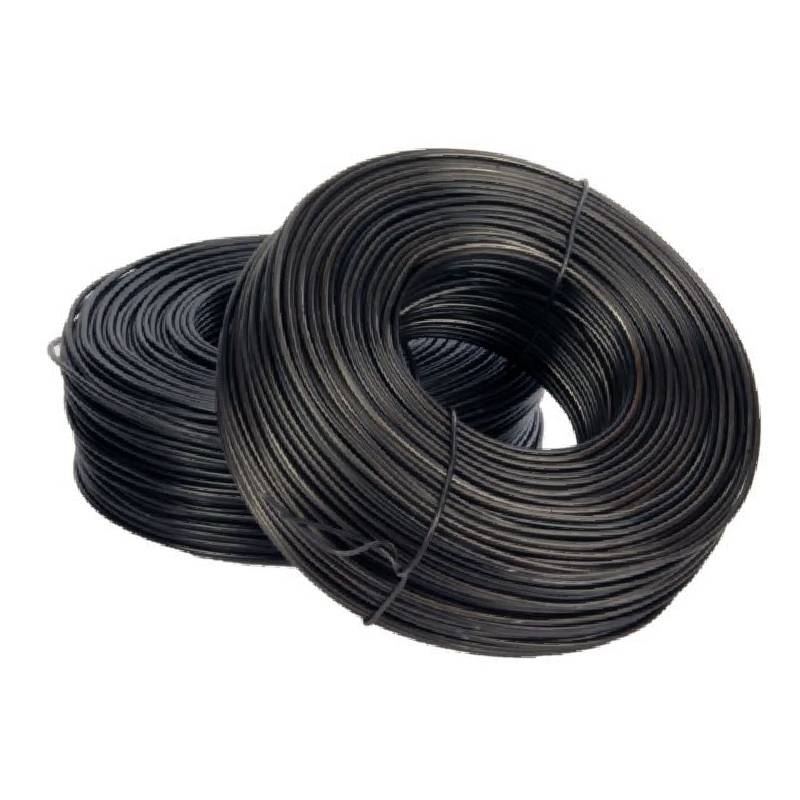
- Mobile Phone
- +8613931874955
- sales@cntcmetal.com
Selecting the Right Heights for Chain Link Fences to Enhance Security and Aesthetics
Chain Link Fence Heights A Comprehensive Guide
Chain link fences are a popular choice for residential, commercial, and industrial properties due to their durability, versatility, and affordability. One of the most critical aspects to consider when installing a chain link fence is its height. The height of a chain link fence can significantly impact its functionality, aesthetic appeal, and compliance with local regulations. In this article, we will explore the different heights available for chain link fences, their applications, and considerations for choosing the right height for your needs.
Standard Heights of Chain Link Fences
Chain link fences come in various heights, typically ranging from 3 feet to 12 feet. The most commonly used heights for residential properties are 4 feet and 6 feet. A 4-foot chain link fence is often used for decorative purposes or to outline property boundaries without blocking the view. On the other hand, a 6-foot fence provides more privacy and security, making it a popular choice for backyards and gardens.
For commercial and industrial applications, higher fences are more common. A height of 8 feet is standard for businesses that require enhanced security measures, such as warehouses and storage facilities. In areas where heightened security is crucial—like military bases, correctional facilities, or utility plants—chain link fences can reach heights of 10 to 12 feet. These taller fences can also be topped with barbed wire or razor wire for additional protection against unauthorized access.
Considerations for Choosing the Right Height
When deciding on the height of a chain link fence, several factors should be taken into account
1. Purpose The primary function of the fence will dictate its height. If it’s intended for a decorative purpose or simple boundary marking, a lower fence may suffice. Conversely, for security and privacy, a taller fence is advisable.
chain link fence heights

2. Local Regulations Before installing a chain link fence, it’s essential to check local zoning laws and regulations. Some municipalities have specific restrictions on fence heights, particularly in residential areas. Failing to comply can lead to fines or the need to remove the fence.
3. Surrounding Environment The landscape surrounding your property can also influence the height of your fence. If there are elevated areas nearby, such as hills or raised properties, you may need a taller fence to ensure privacy and a sense of security.
4. Aesthetics The appearance of your fence should complement the overall aesthetics of your property. Consider how the height will look in relation to your home and other structures.
5. Cost Generally, higher fences will cost more due to the additional materials and labor required for installation. It's crucial to balance functionality with budgetary constraints.
Conclusion
Choosing the right height for a chain link fence is vital for ensuring that it meets your needs effectively. Whether you seek to enhance security, maintain privacy, or simply delineate property boundaries, understanding the heights available and the factors influencing your decision can lead to a successful installation.
By carefully considering the purpose of the fence, local regulations, the surrounding environment, aesthetic preferences, and budget, you can select the optimal height that will serve you well for years to come. Whether you opt for a low fence to mark your territory or a towering structure to enhance security, a chain link fence is a practical and worthwhile investment for any property.
share:
-
Yard Sign Stakes: Reliable Guardians of Outdoor SignsNewsAug.04,2025
-
Wall Ties: Invisible Guardians of Building StabilityNewsAug.04,2025
-
Resilient Web: The Super Guardian Power of Concrete MeshNewsAug.04,2025
-
Masonry Accessories: A versatile assistant on building foundationsNewsAug.04,2025
-
Iron Binding Wire: the 'invisible reinforcement specialist' in the fields of architecture and industryNewsAug.04,2025
-
Dynamic Spring: The diverse functions and excellent performance of Wire Tension SpringNewsAug.04,2025
-
Your Source for Concrete Wall Ties and Masonry AccessoriesNewsJul.10,2025



















